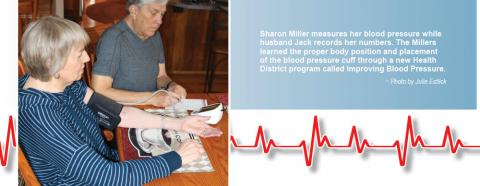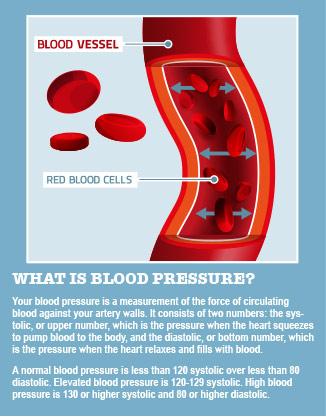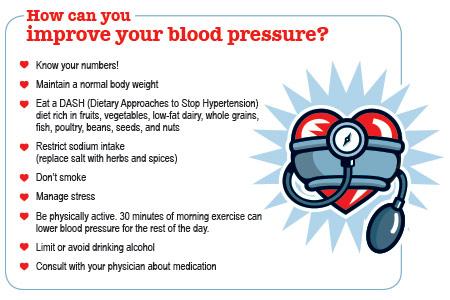
Amidst COVID, tracking your blood pressure could save your life
By Susan Skog and Julie Estlick
[Note: The Health District Improving Blood Pressure Program mentioned in this story is no longer available.]
We diligently track our workouts, calories burned, hours of sleep, even our Facebook likes. But with skyrocketing hypertension, it’s time to make one measurement a bigger priority: our blood pressure.
In our lifetime, 9 out of 10 of us will have high blood pressure (HBP), also known as hypertension. Many of us are unaware that we have it, which is a big problem because mounting evidence shows that the novel coronavirus not only affects the respiratory system, but also can cause infection and inflammation in blood vessels.
High blood pressure damages and weakens blood vessels, so preventing or managing the condition is always important to good health. This is especially true during the current pandemic, when having hypertension may increase your risk of getting seriously ill if you catch the virus.
“We now know that having hypertension increases your risk of complications and death if infected with COVID. You are 3 times more likely to be hospitalized from COVID if you have high blood pressure,” explains Cheri Nichols, Heart Health Promotion clinical nurse manager at the Health District of Northern Larimer County.
The tricky thing is, you can’t feel it when your blood pressure climbs to unhealthy levels.
“Because hypertension usually presents no symptoms, and many people aren’t aware they have it, high blood pressure is known as the ‘silent killer,’” Nichols says.
The good news is that high blood pressure is one of the easiest conditions to diagnose and treat effectively, especially with active patient participation.
Know your numbers
The Health District can help by making it as easy to track your blood pressure numbers as a daily step count. The new Improving Blood Pressure program teaches individuals how to do accurate home readings and begin managing their blood pressure with healthy diet, exercise, and medication prescribed by a physician. Registered nurses consult one-on-one with participants through videoconferencing, phone calls, or socially distanced visits. The program is free for Health District residents.
The conditions that lead to HBP can begin in the early decades of life (20s-40s) and the damage continues to develop over time. Left untreated, hypertension can lead to heart attack, stroke, heart failure, kidney disease, and even dementia. But these outcomes are often preventable when safe blood pressure levels are achieved and maintained.
Take 72-year-old Sharon Miller. Healthy and active, Sharon learned that her blood pressure was high during a cholesterol screening earlier this year with Nichols.
“I actually went to have my cholesterol checked, and the high blood pressure was an unexpected discovery,” Sharon says. Her husband, Jack, 76, has worked to manage his hypertension and heart problems for over 20 years.
Education = Empowerment
Nichols showed the Millers the proper way to sit and check their blood pressure. The Health District has automatic BP cuffs that can be borrowed free of charge while participating in the program, and nurses can give advice on how to shop for one.
The couple also learned how to keep a journal of their blood pressure readings, averaged over time, to reach an accurate measurement they could discuss with their physician. “Monitoring your blood pressure is not a once-and-done deal. Blood pressure varies throughout the day and fluctuates depending on several factors including caffeine intake, stress, and exercise,” Nichols says. “You have to see what’s average for your body over time.”
Over several months, Sharon successfully lowered her blood pressure following a low-sodium and caffeine-free diet, coupled with her usual exercise. Jack lost 35 pounds through an improved diet and increased exercise.

